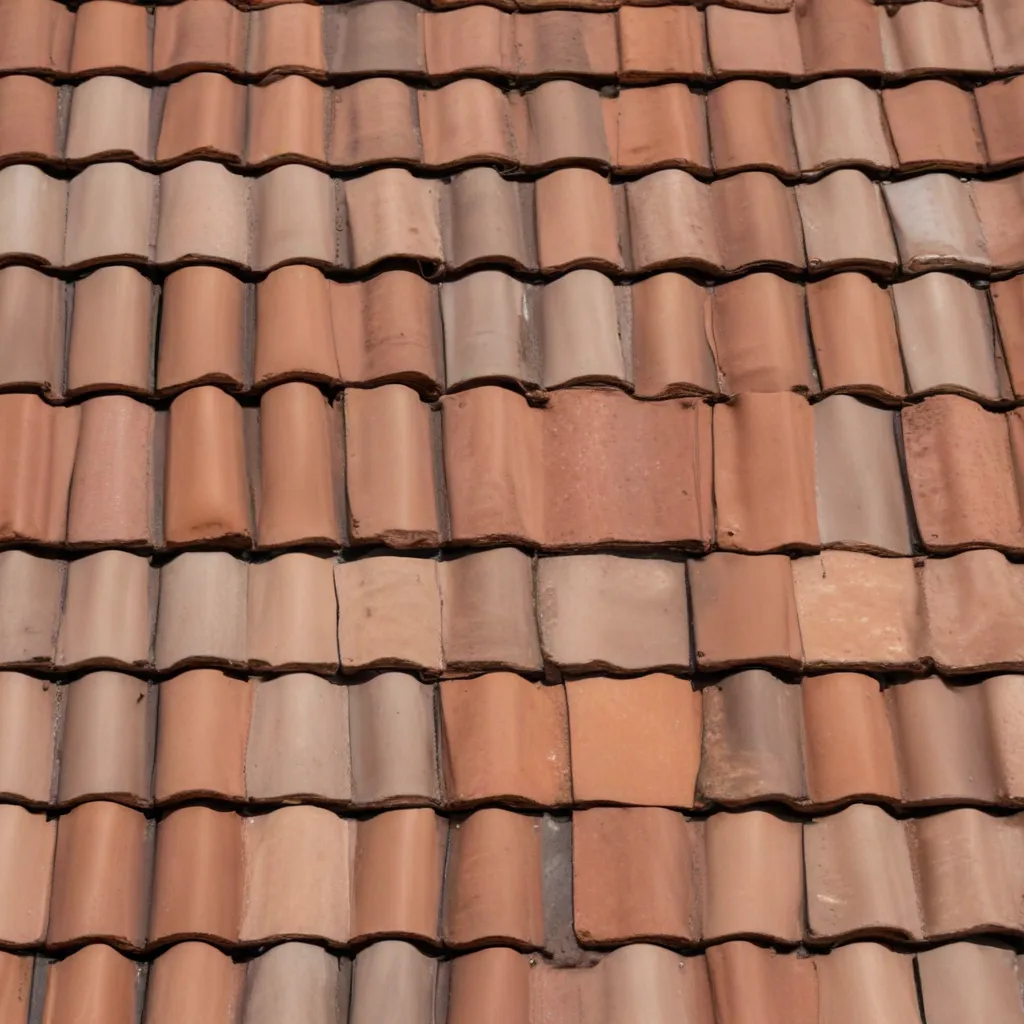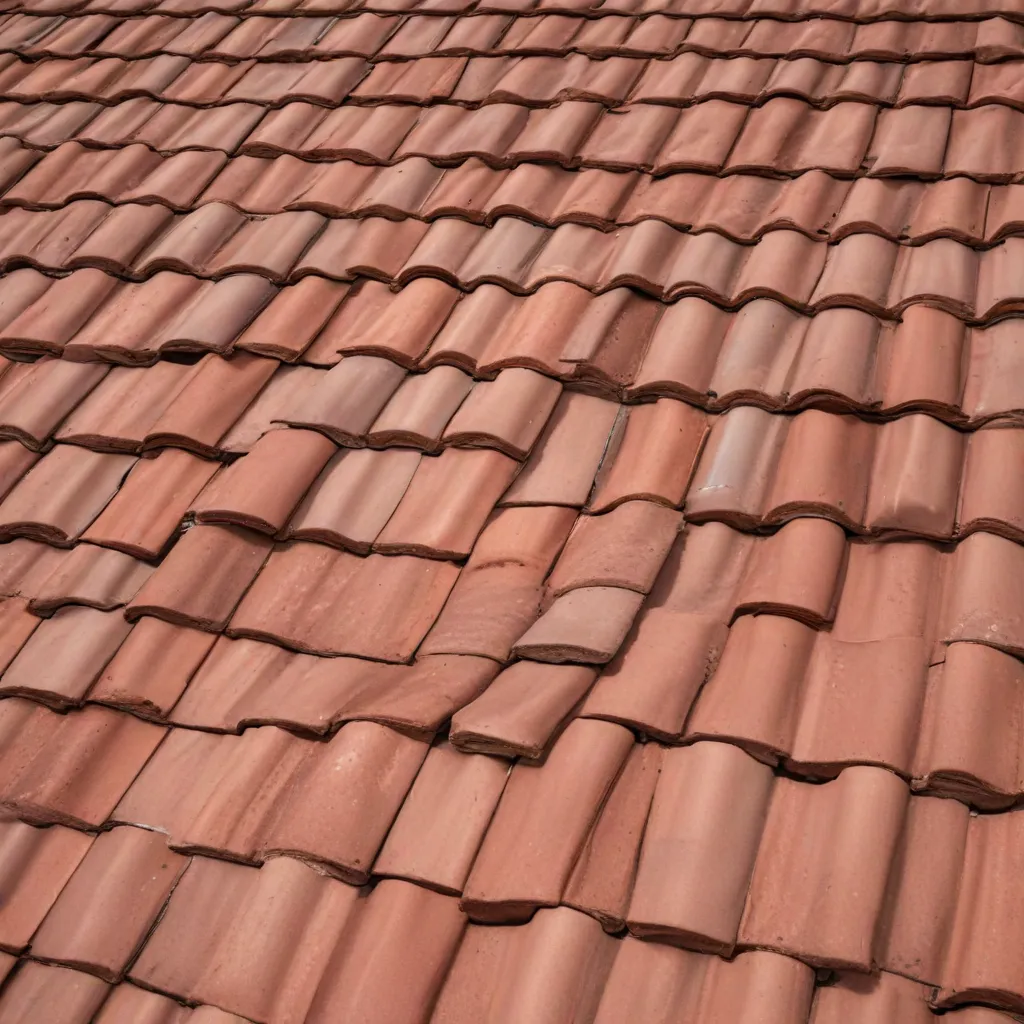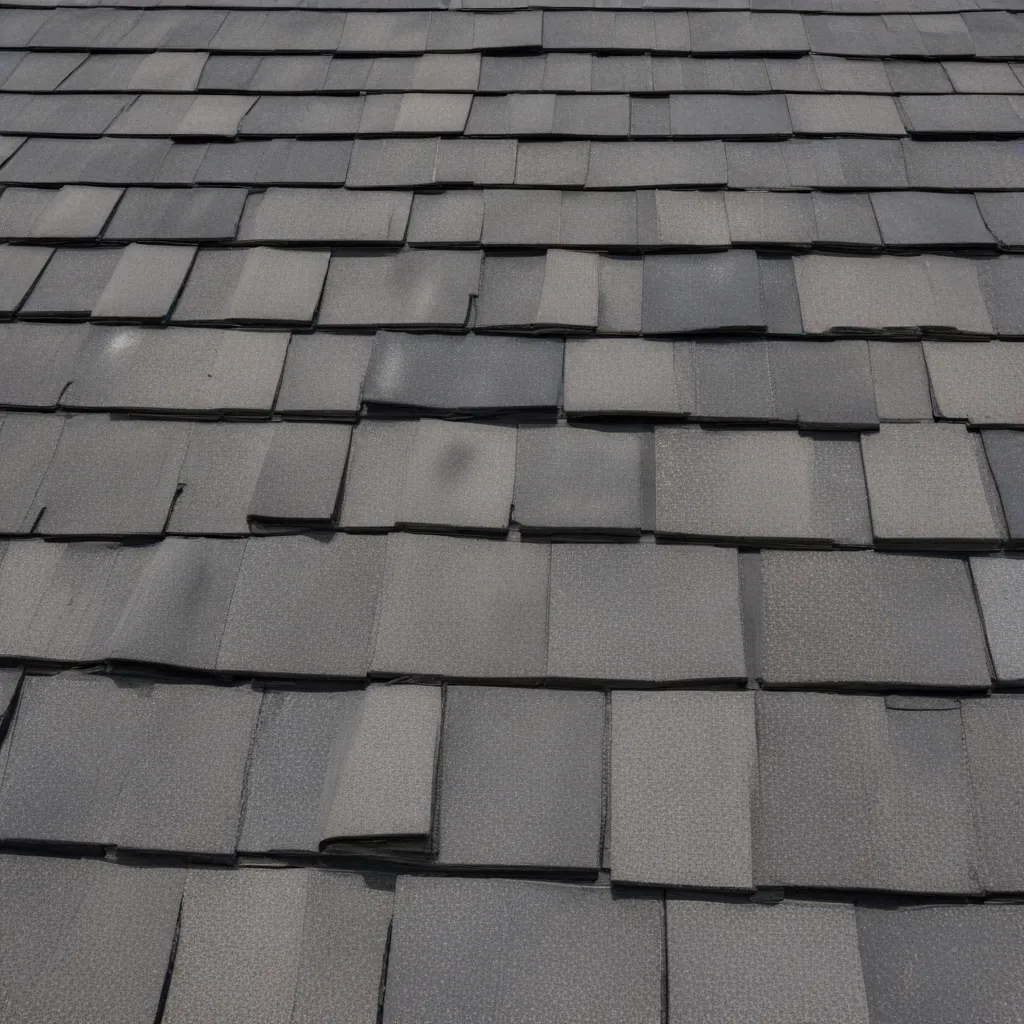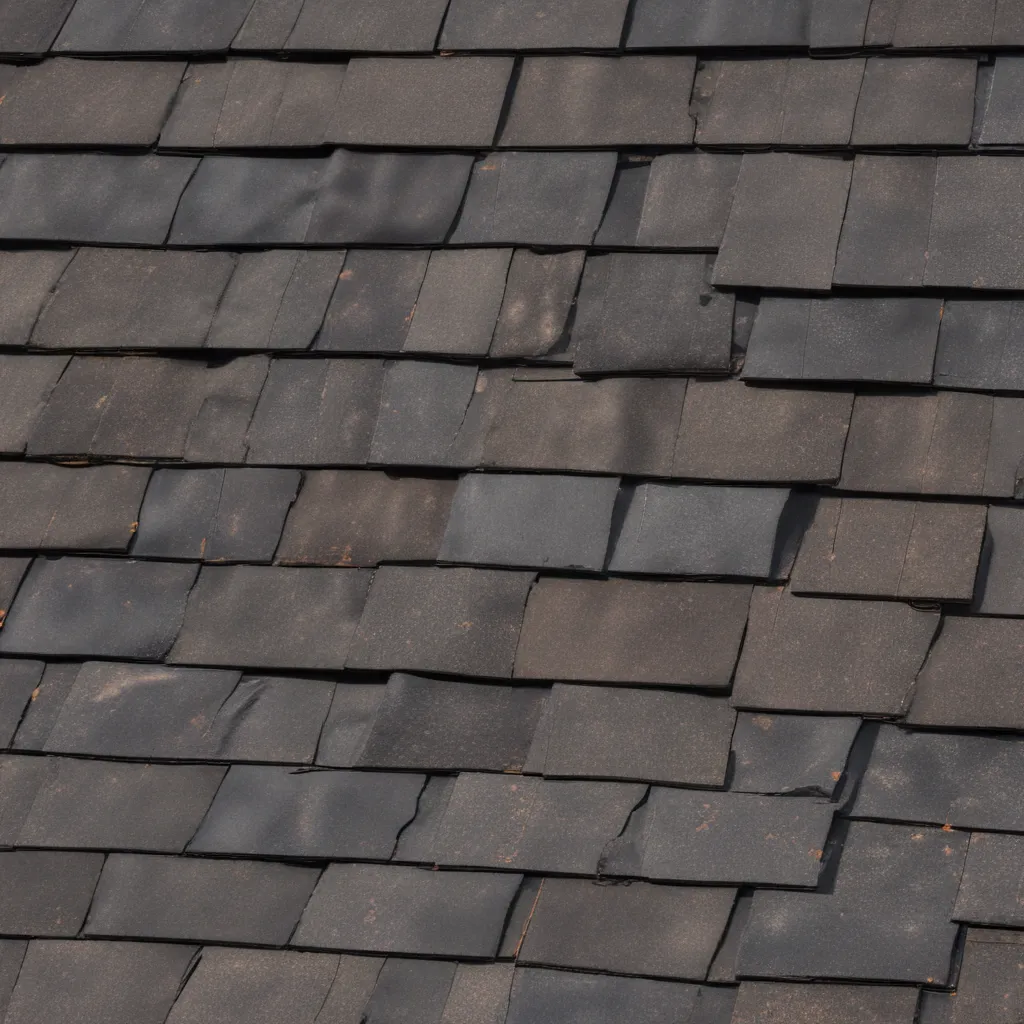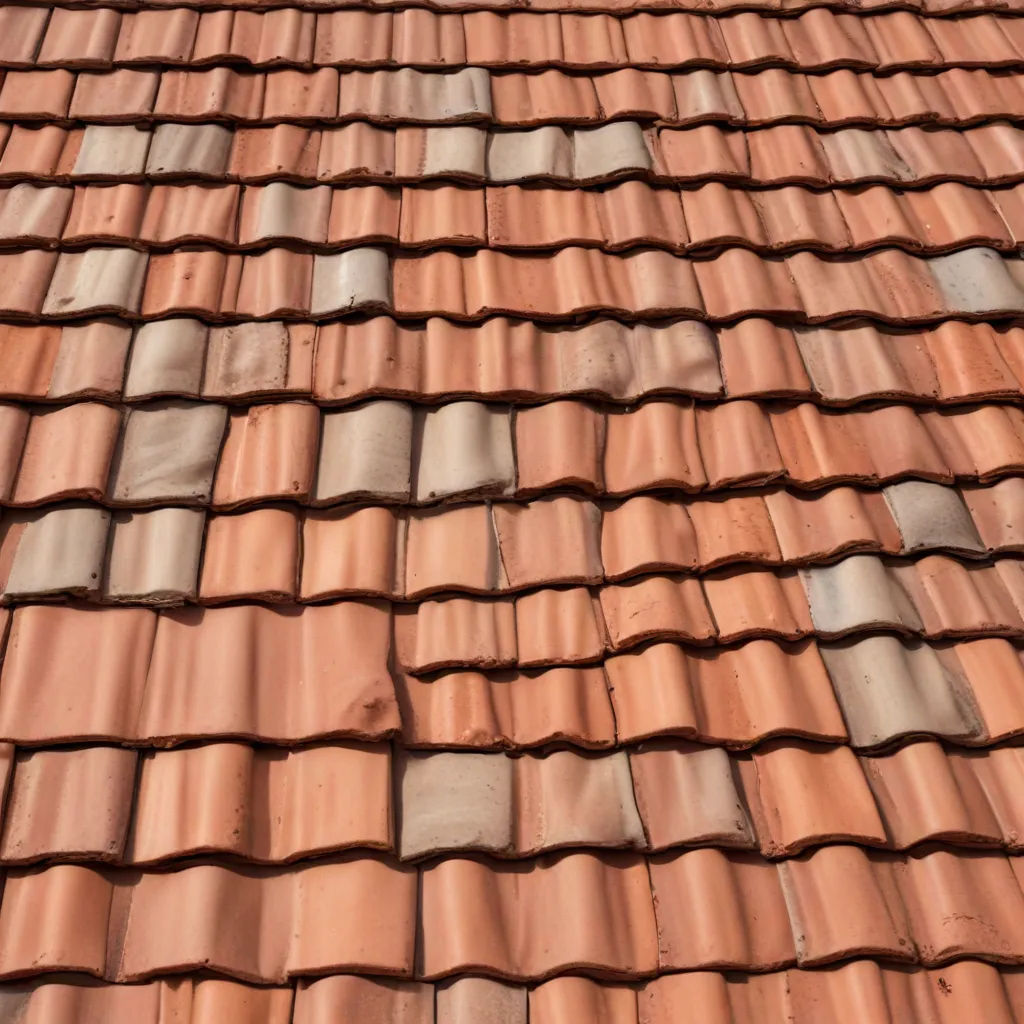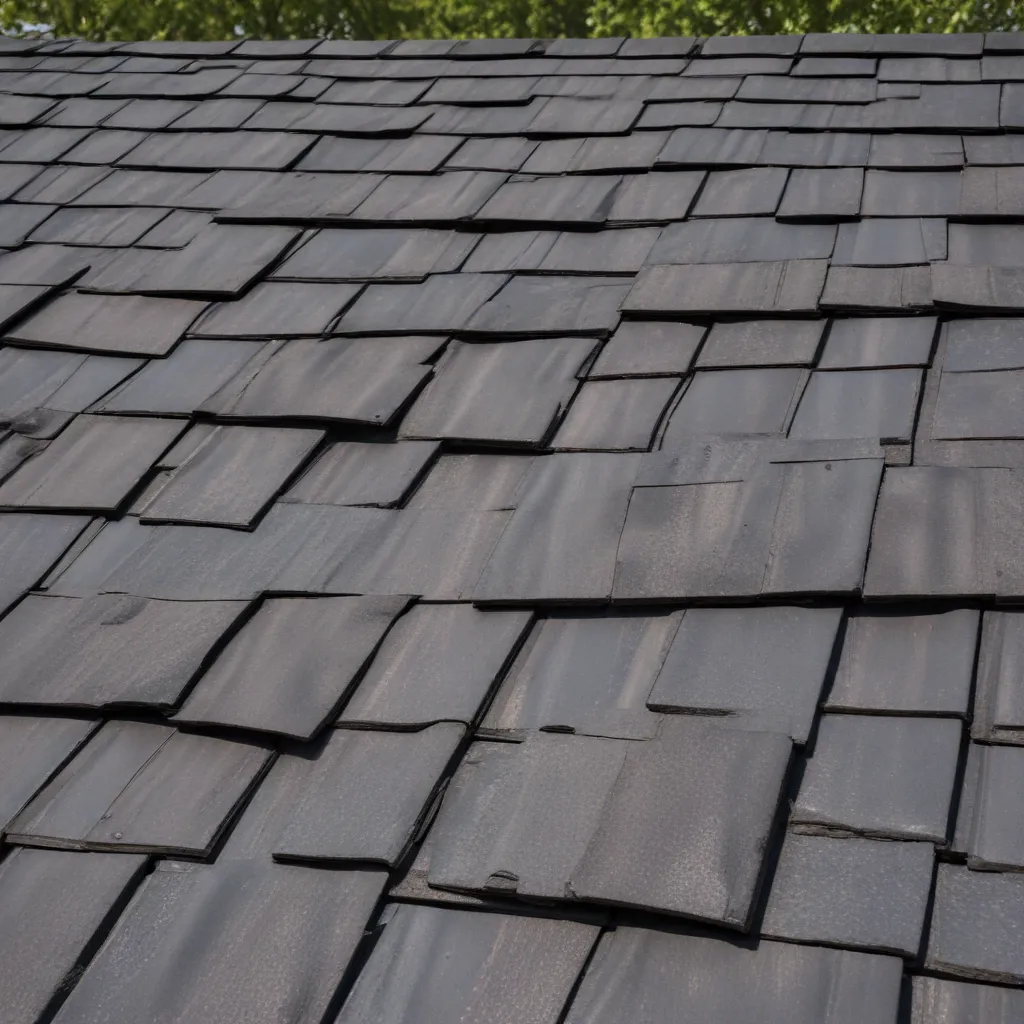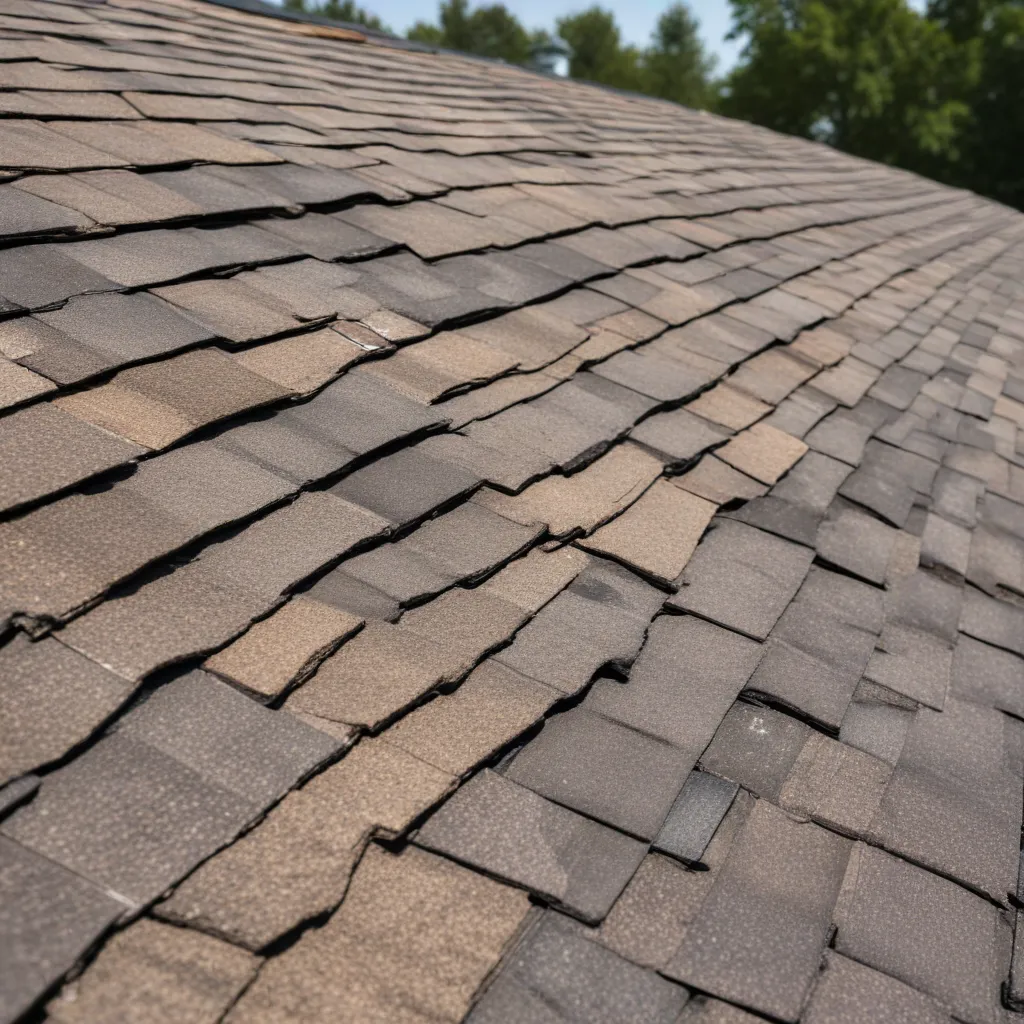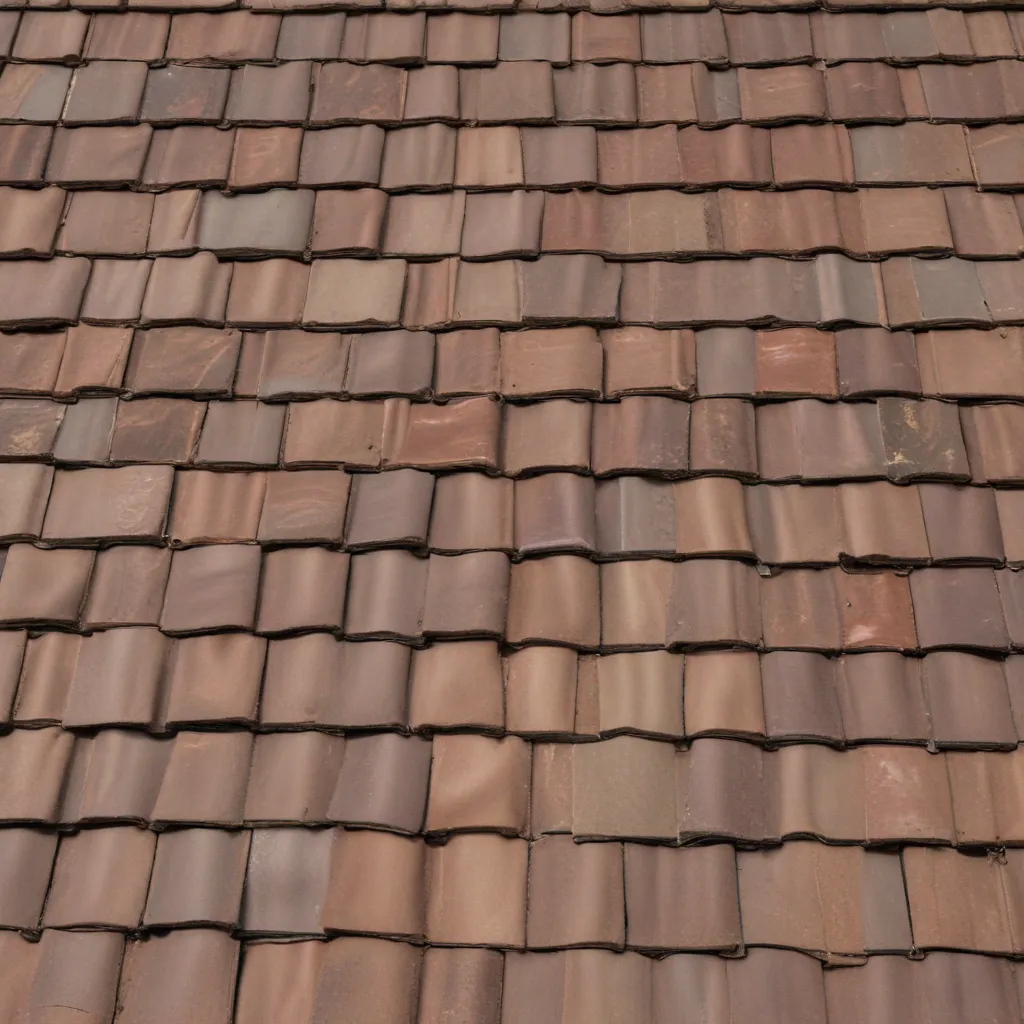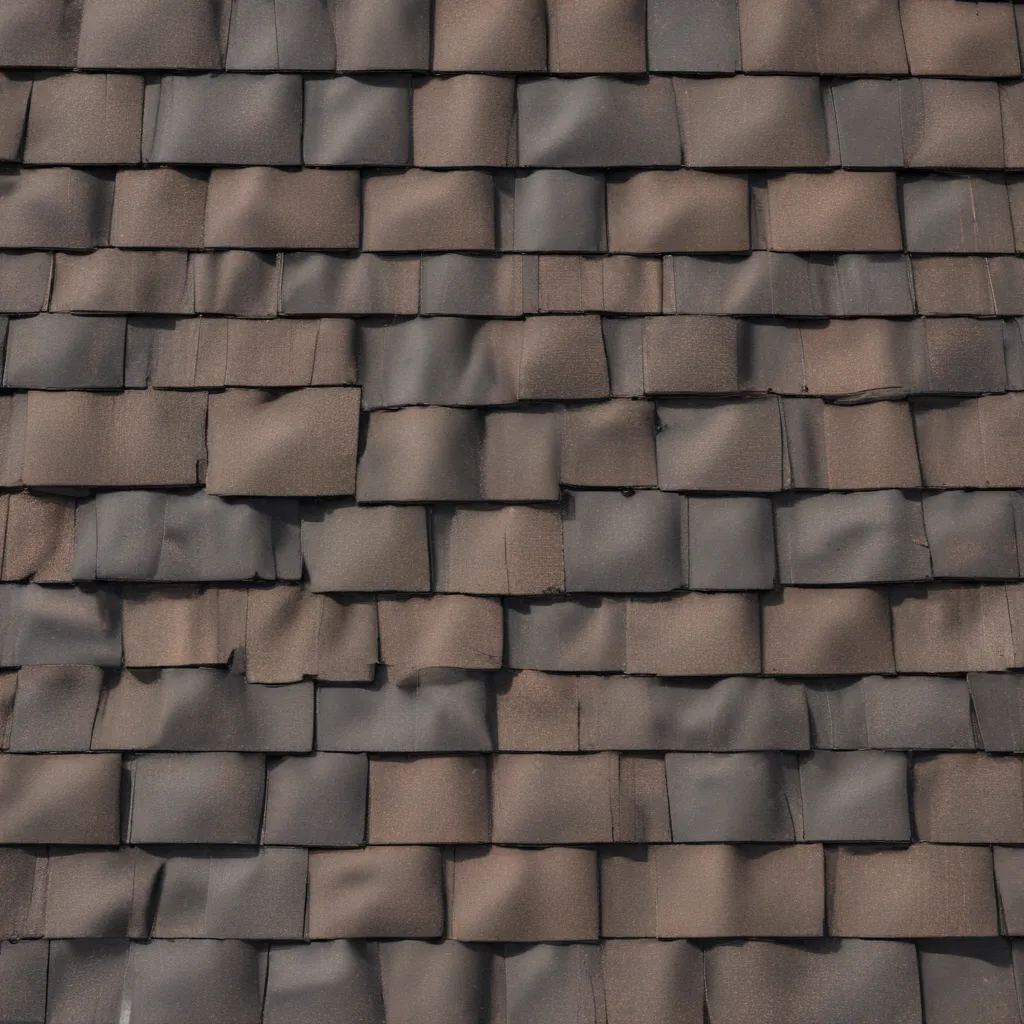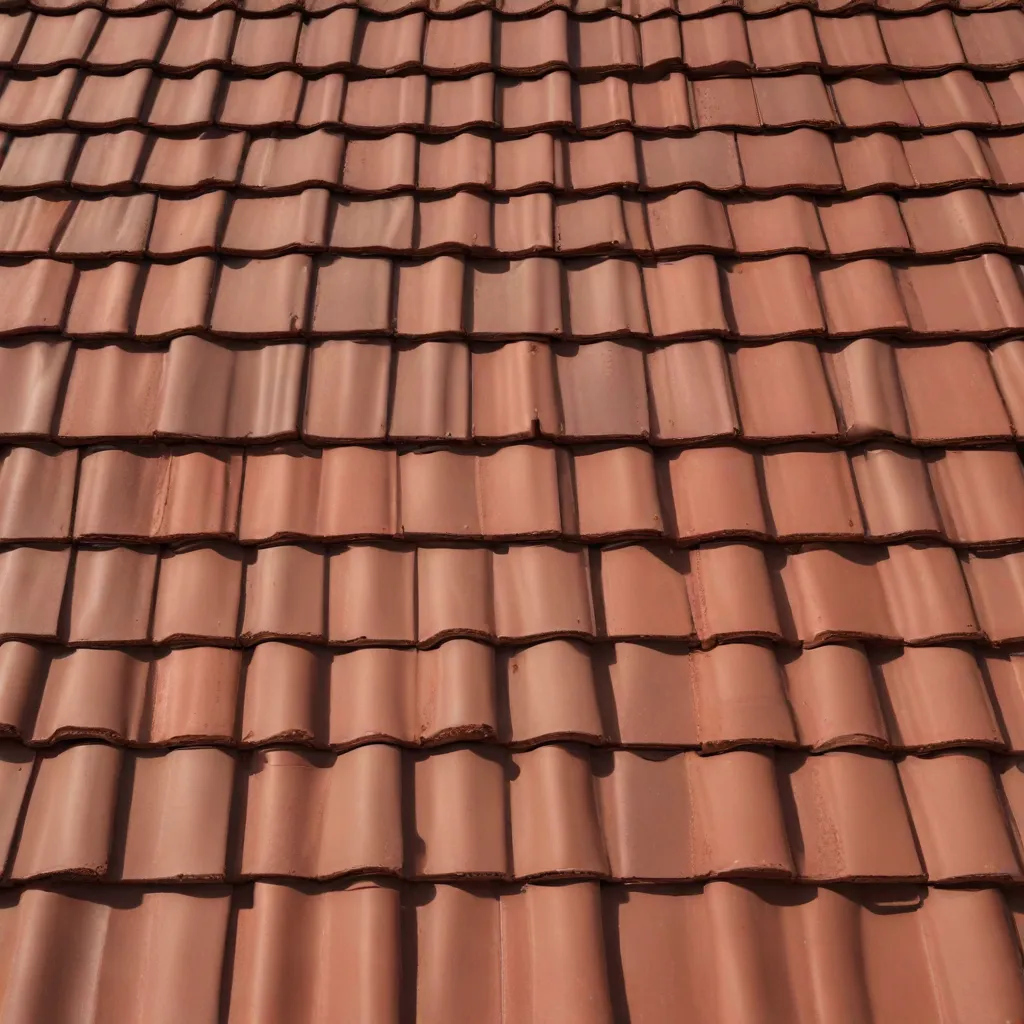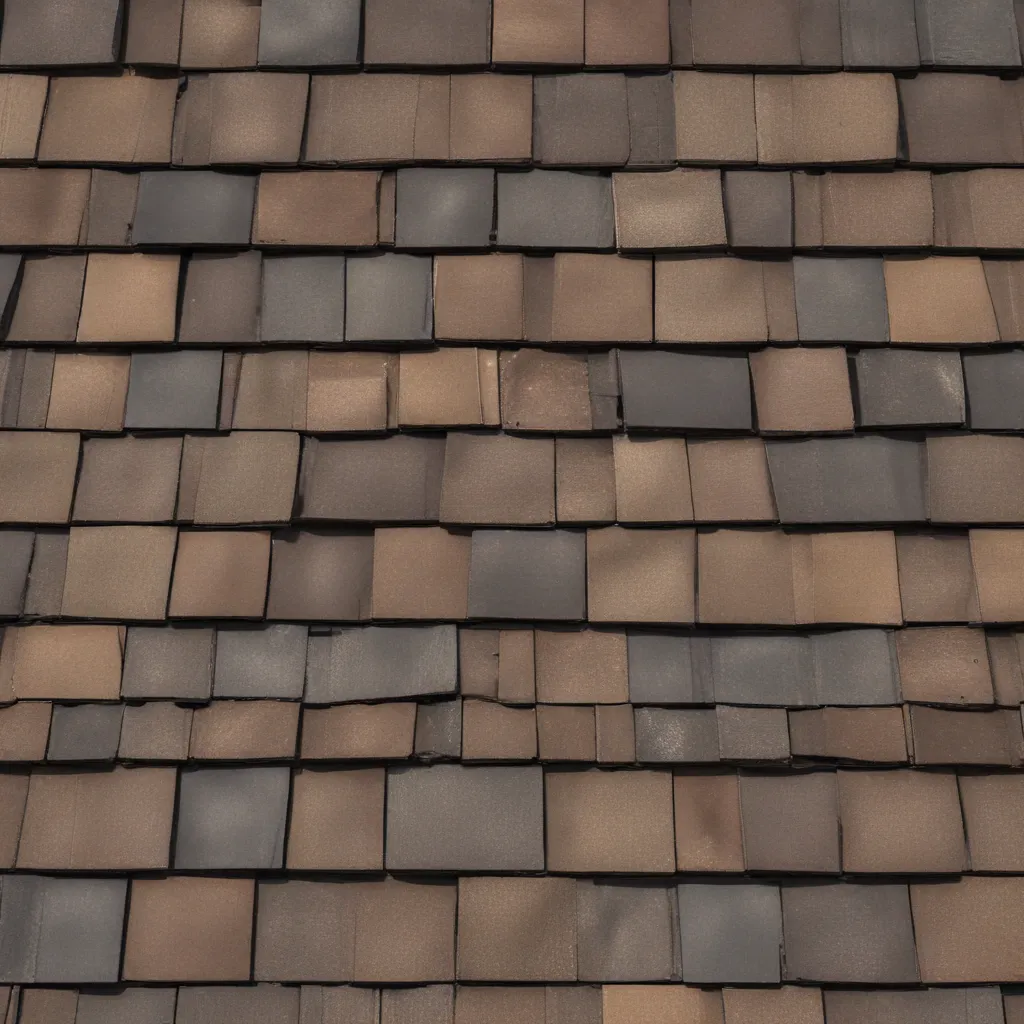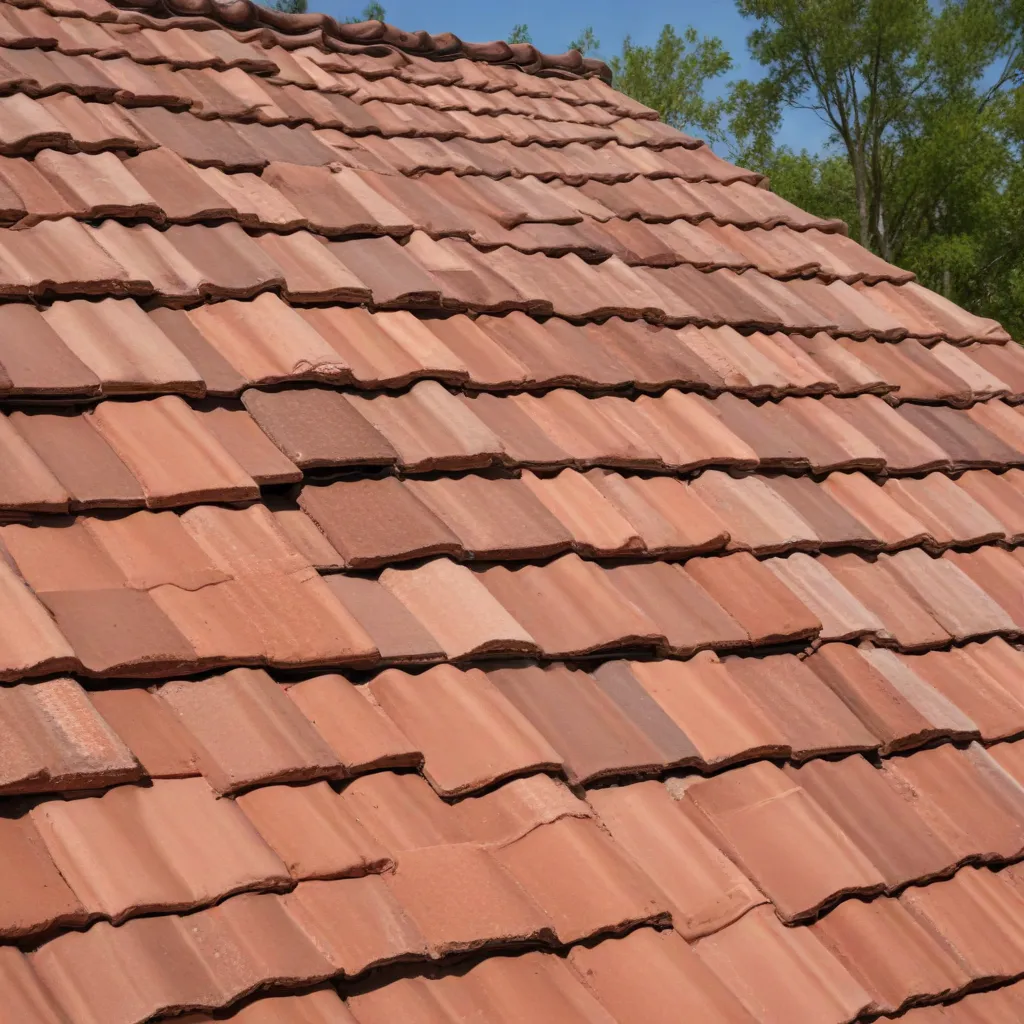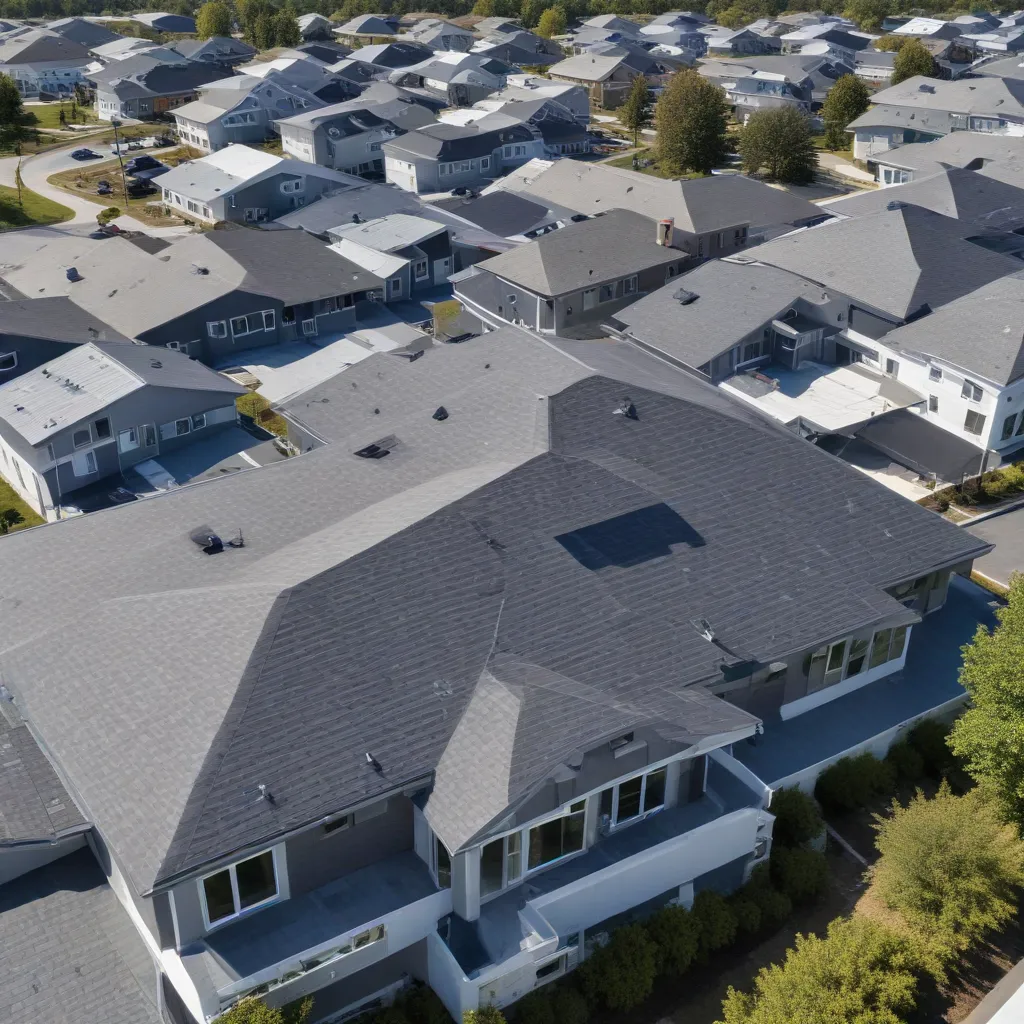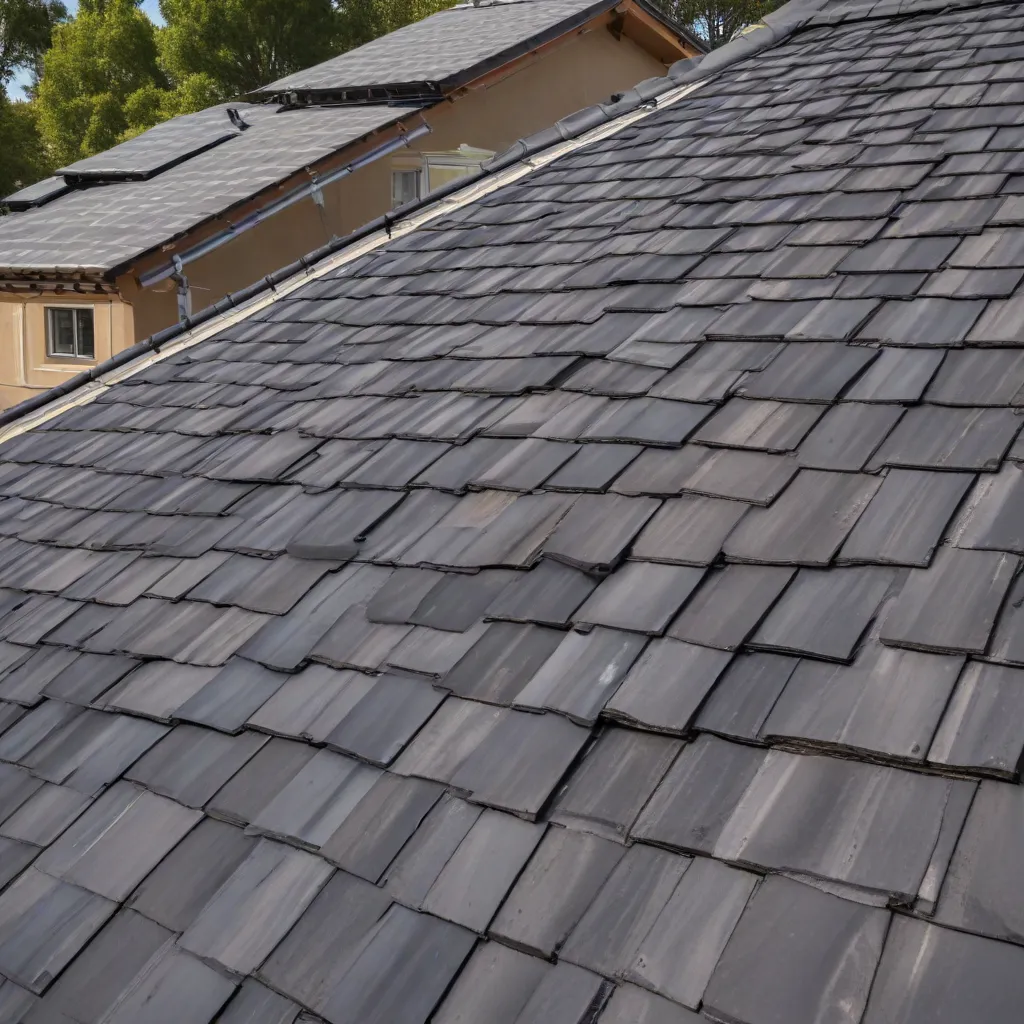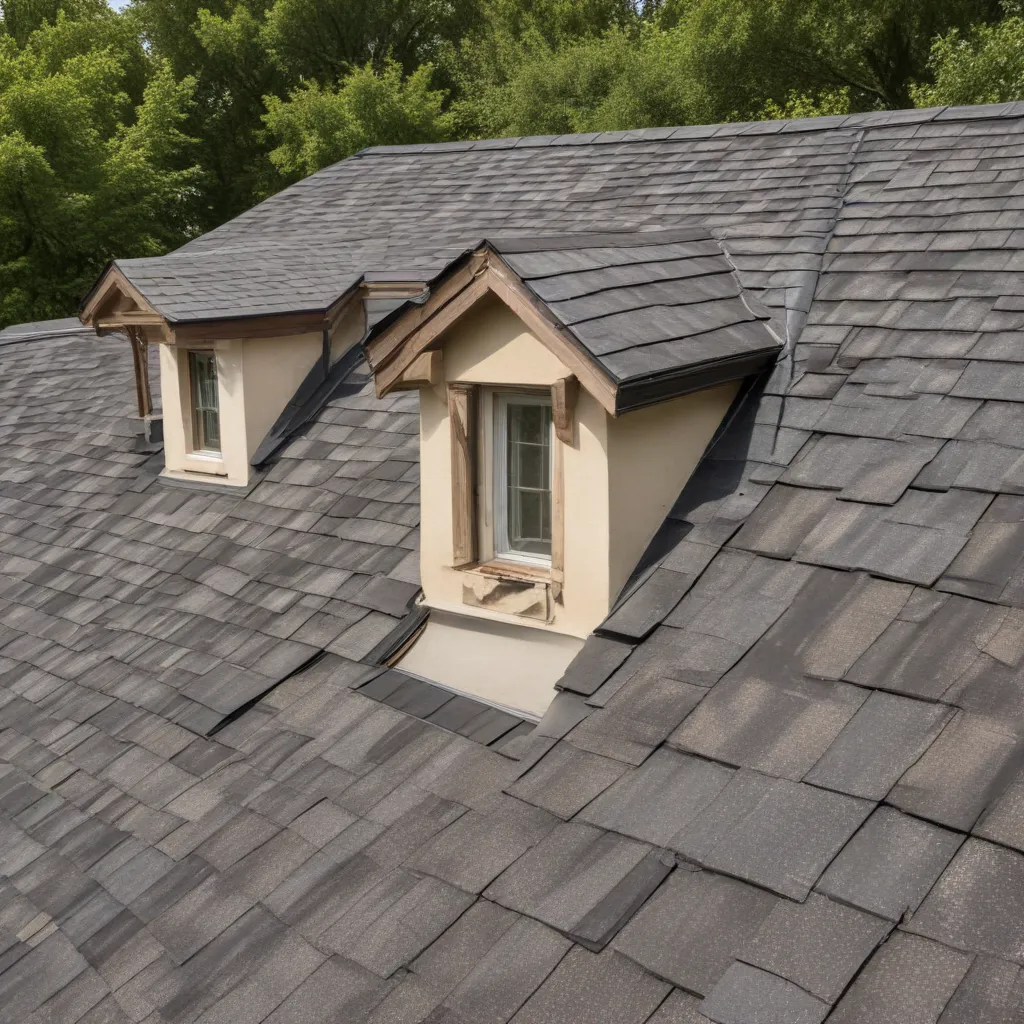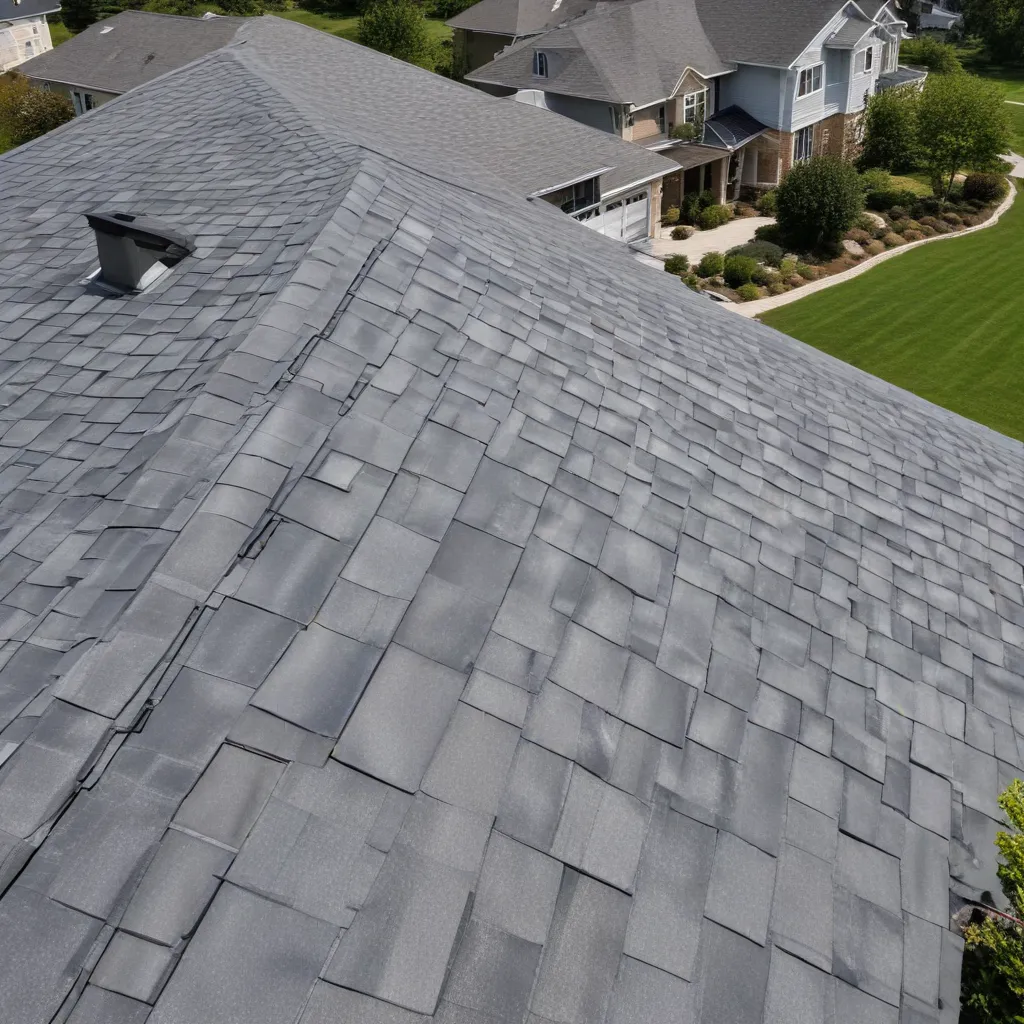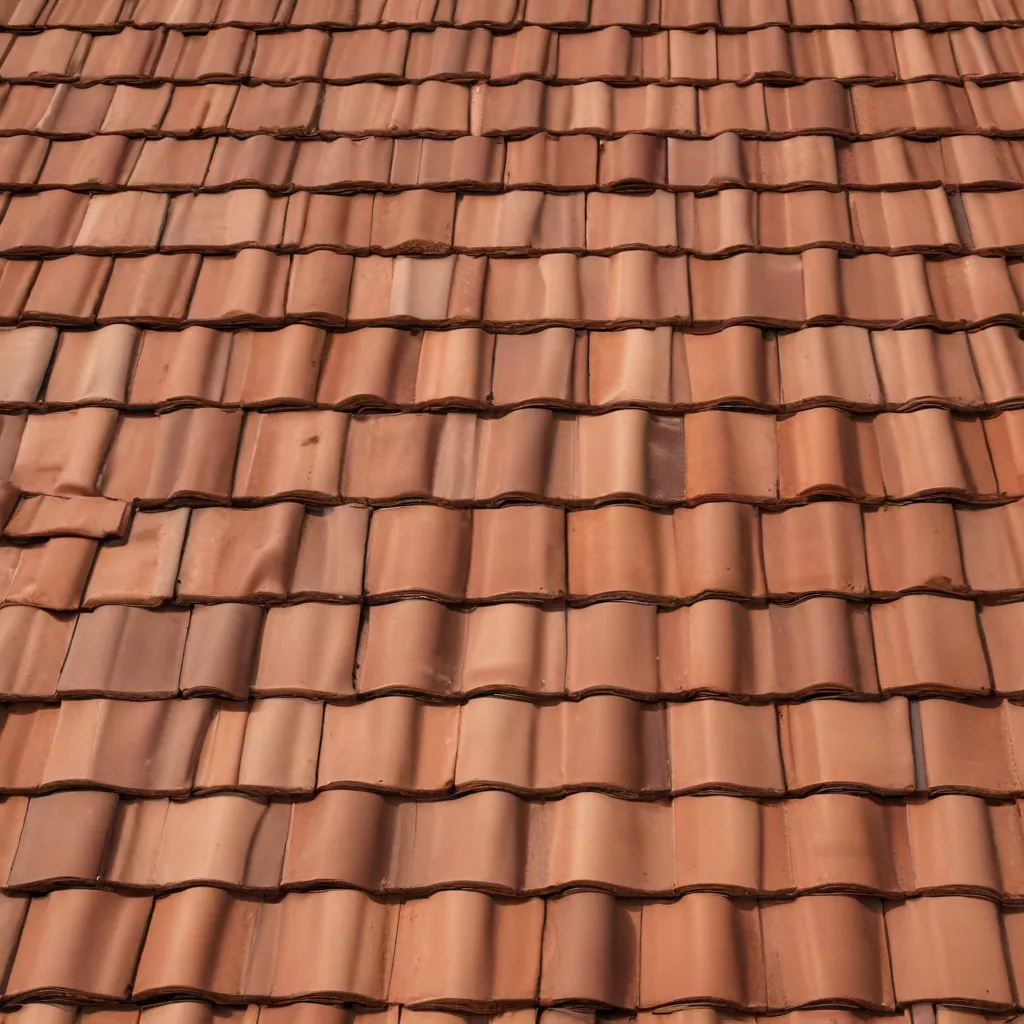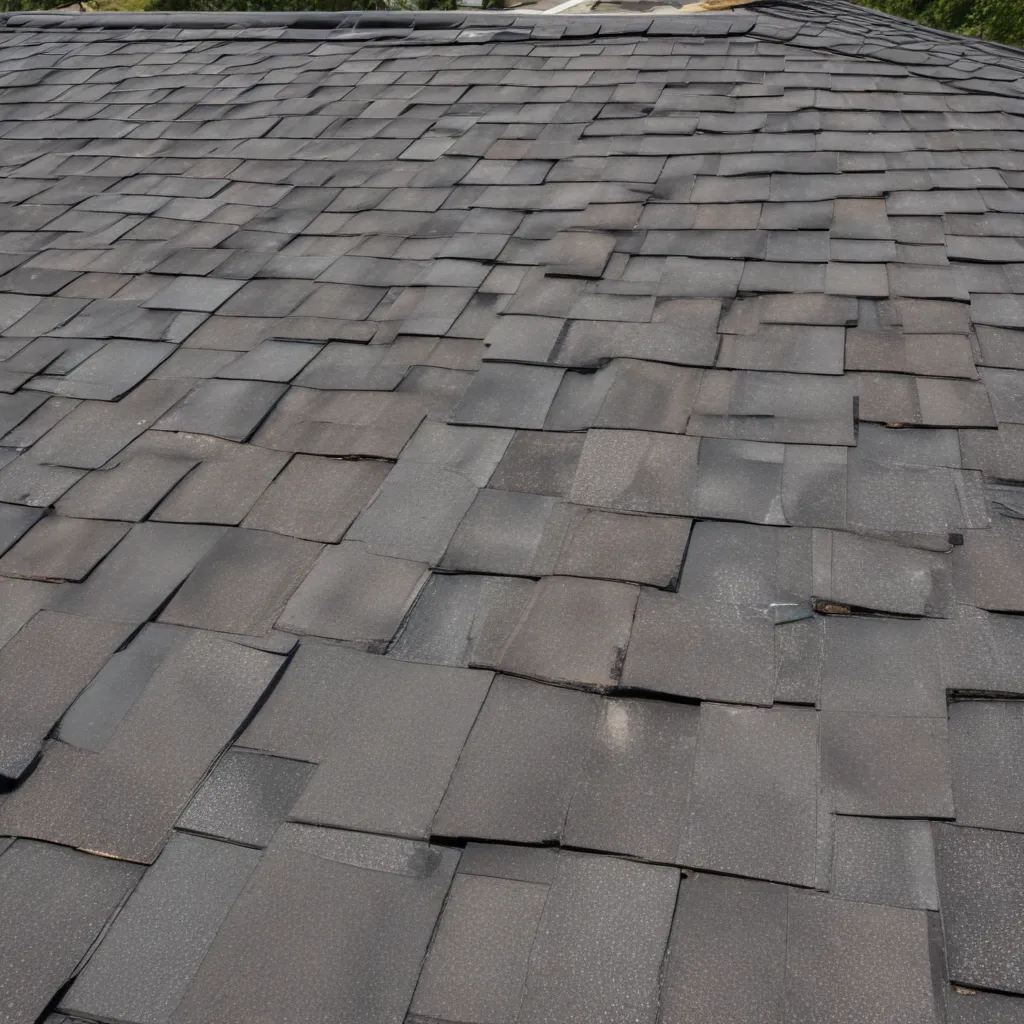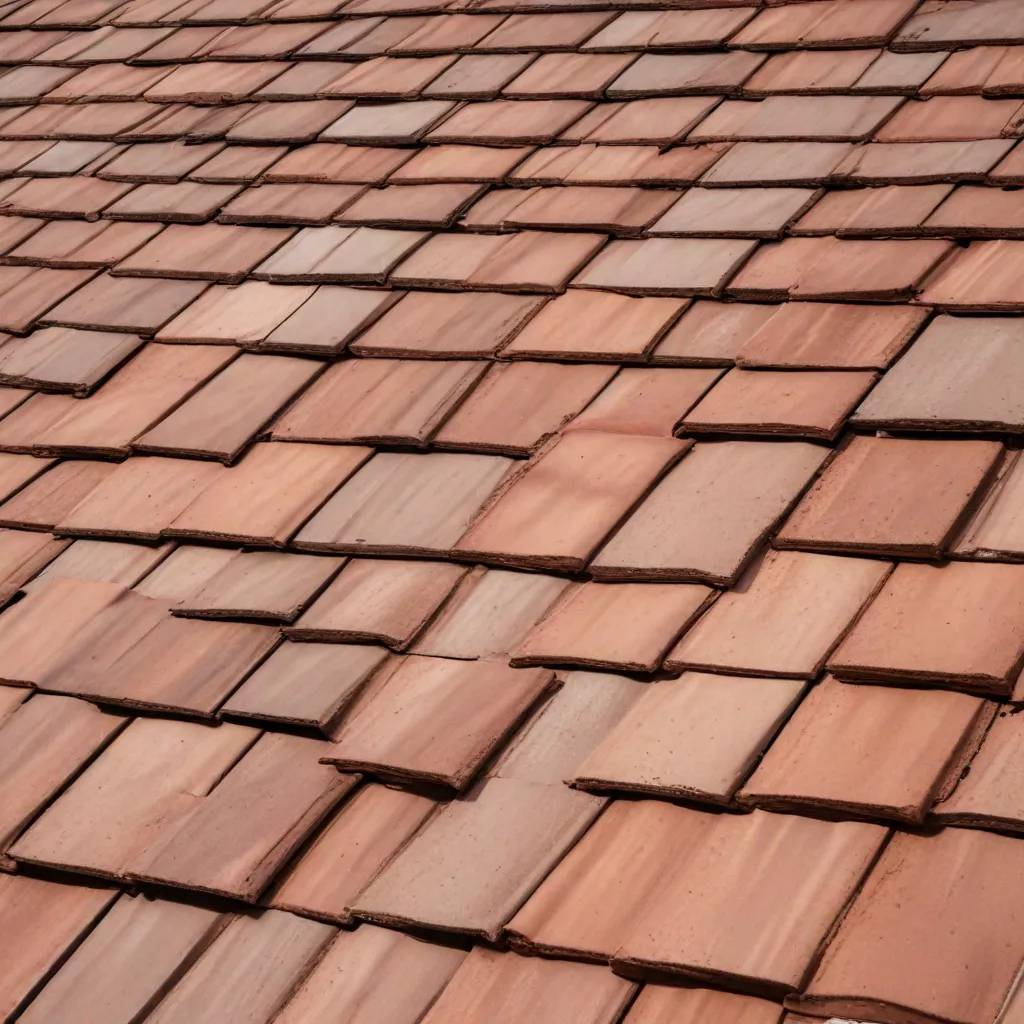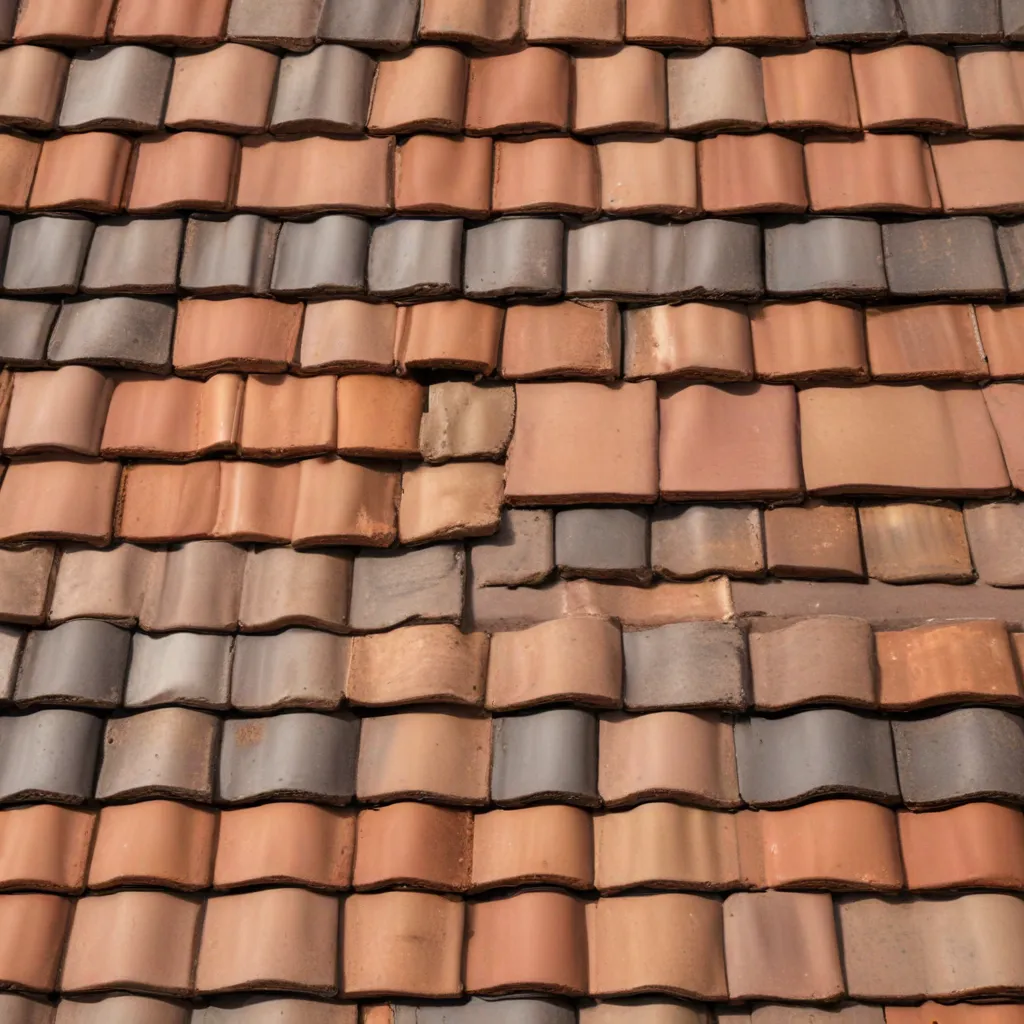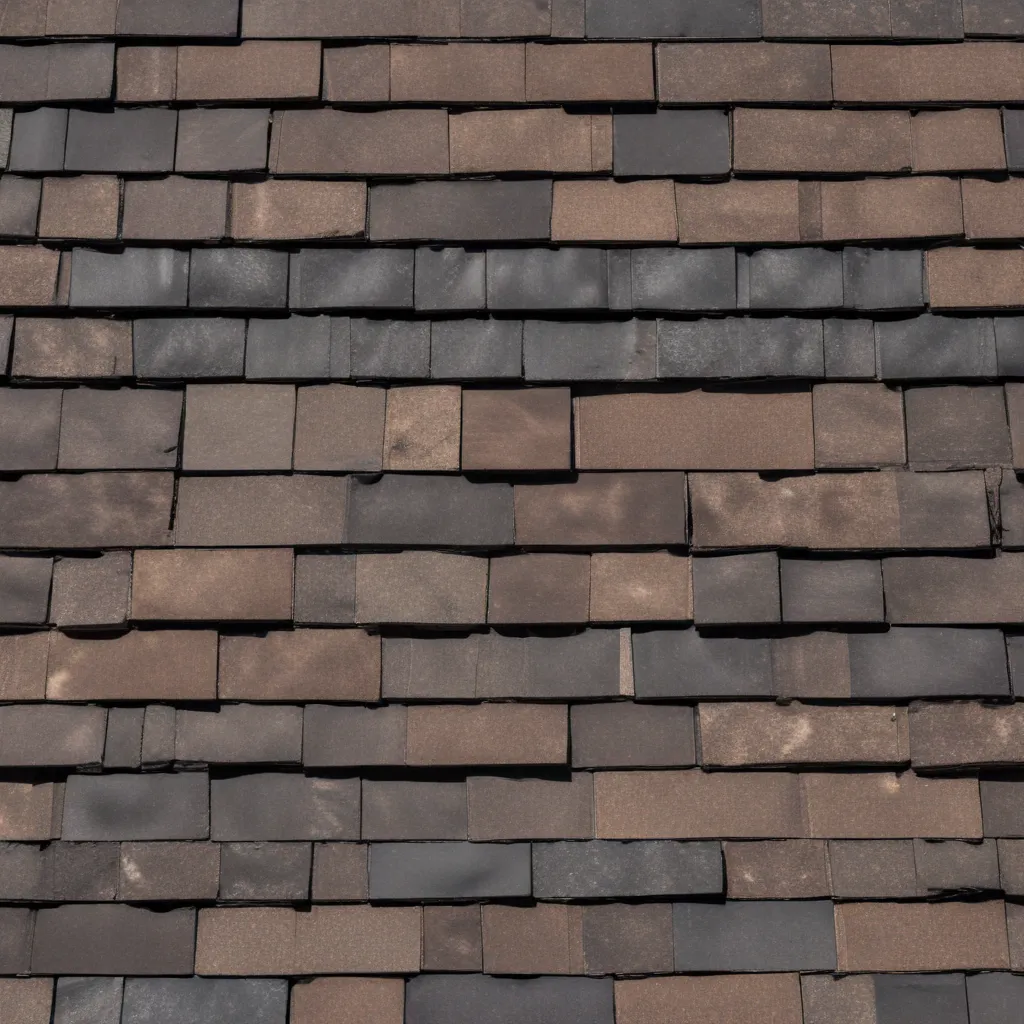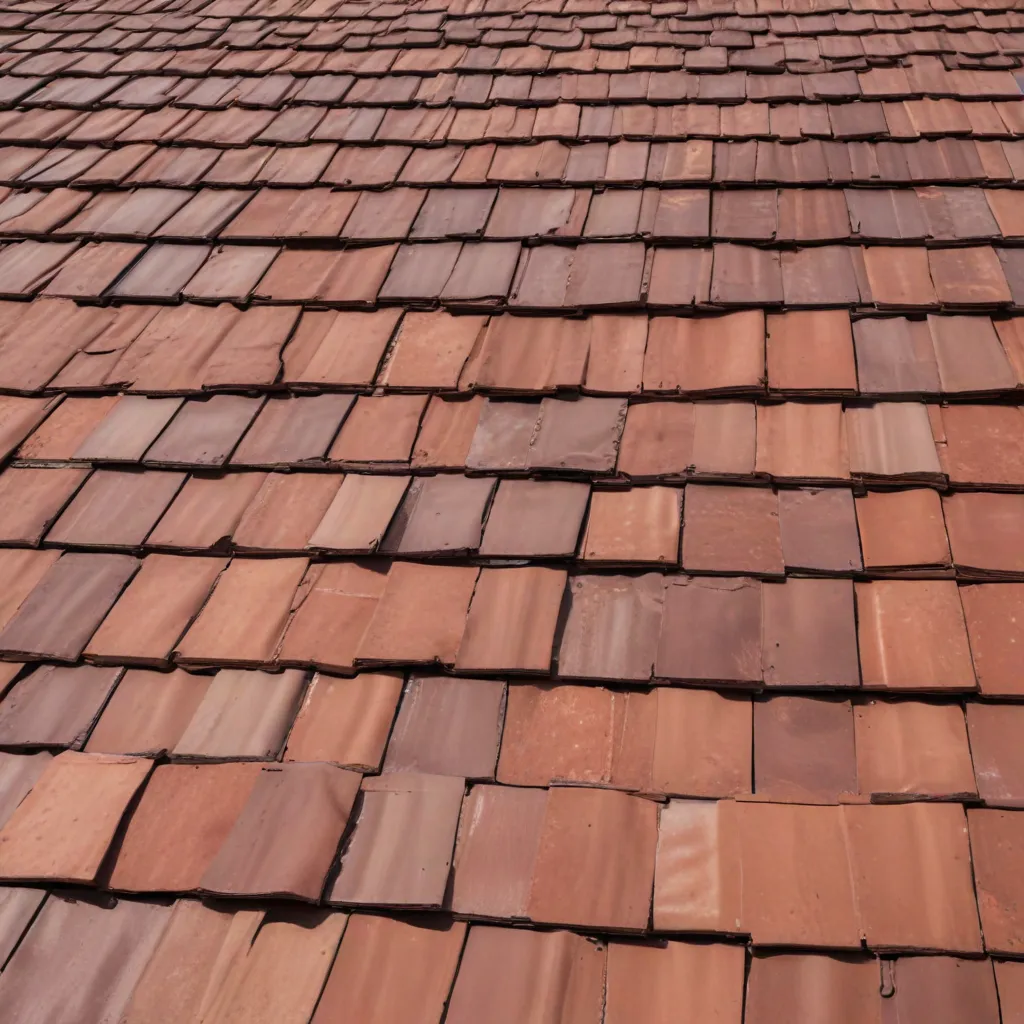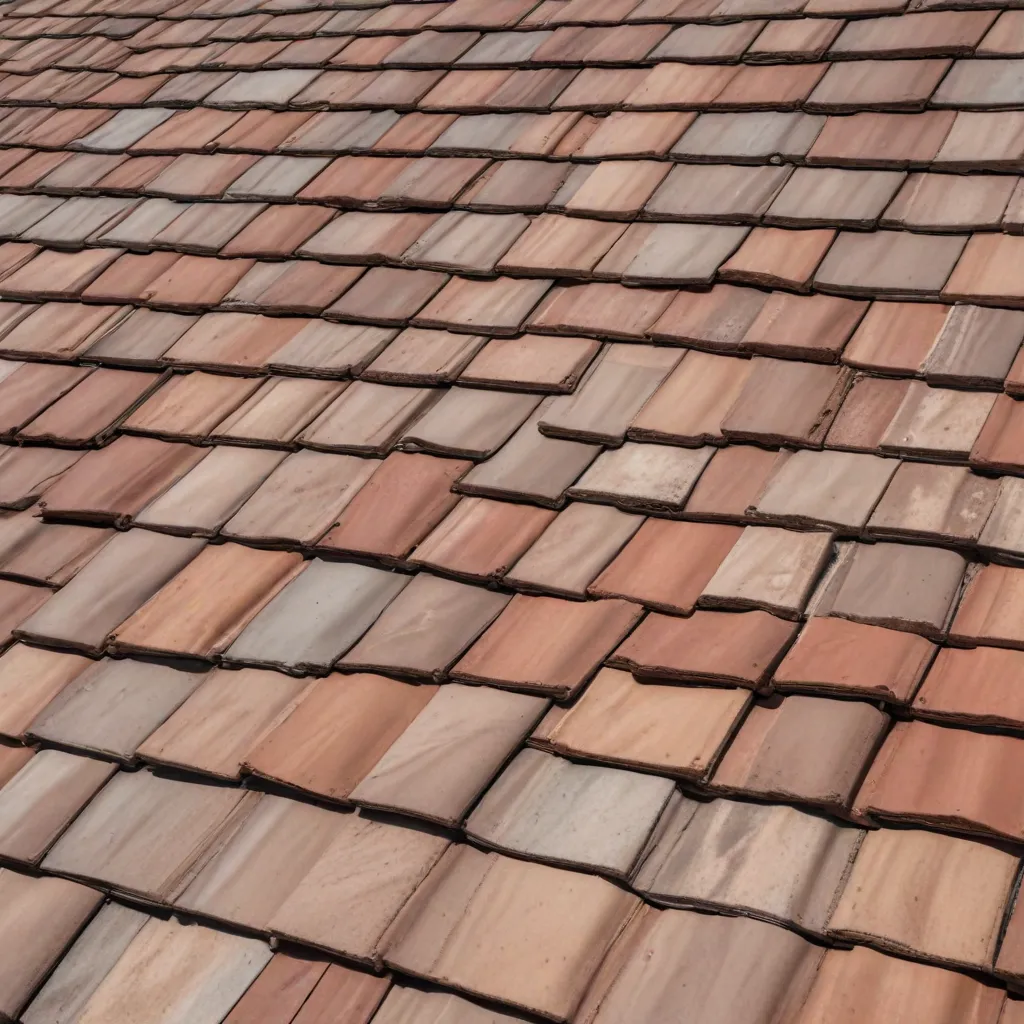
Tile roofing has long been a popular choice among homeowners seeking a balance of durability, energy efficiency, and timeless aesthetic appeal. These sturdy roofing systems, crafted from clay, concrete, or slate, have earned a reputation for their ability to withstand the harshest weather conditions while enhancing the curb appeal of any property. However, even the most resilient tile roofs require diligent maintenance to preserve their functional and visual integrity over time.
Tile Roof Components
At the heart of a tile roof lies a robust and meticulously engineered system, designed to protect your home from the elements while complementing its architectural style. Roofing tiles, available in a diverse array of materials, shapes, and colors, serve as the primary shield against the sun, wind, and rain. These tiles are securely fastened to a structural underlayment, which provides an additional layer of moisture protection and insulation.
Roofing Materials
The most common tile roofing materials include clay, concrete, and slate. Each of these options offers unique advantages in terms of durability, energy efficiency, and aesthetic appeal.
Clay tiles, renowned for their classic Mediterranean charm, are made from natural clay and fired at high temperatures, making them exceptionally resistant to weathering and erosion. Concrete tiles, on the other hand, can mimic the appearance of clay or even wood shakes while boasting impressive strength and longevity. Slate tiles, a natural stone material, are prized for their unparalleled durability, often exceeding a century in lifespan with proper maintenance.
Tile Types
Tile roofing systems come in a wide variety of styles, including the classic flat tile, the interlocking tile, and the S-shaped tile. The choice of tile type is often influenced by regional architectural styles, personal preferences, and the specific requirements of the building’s structure.
Structural Elements
Beyond the tiles themselves, a tile roof system includes essential structural components such as flashings, underlayment, and fasteners. These elements work together to create a watertight and durable barrier, protecting your home from the elements and ensuring the longevity of your tile roof.
Tile Roof Maintenance Practices
Maintaining the integrity of a tile roof is a critical aspect of homeownership. Regular inspections, prompt repairs, and preventative measures can extend the lifespan of your tile roof and preserve its aesthetic and functional appeal.
Cleaning and Inspection
Routine inspections and cleaning are crucial for identifying potential issues before they escalate. Homeowners should regularly check for cracked, loose, or displaced tiles, as well as any debris or vegetation accumulation on the roof surface. Keeping gutters and downspouts clear of debris is also essential to prevent water damage.
Repair and Replacement
When tiles become damaged, it is essential to address the issues promptly. Qualified roofing professionals can carefully remove and replace individual tiles, ensuring a seamless and durable repair. In some cases, more extensive repairs may be necessary, such as addressing structural components like underlayment or flashings.
Preventative Measures
To maintain the long-term performance of a tile roof, proactive steps can be taken to mitigate potential problems. This includes ensuring proper attic ventilation, addressing any structural issues in the building, and regularly inspecting and maintaining the roof’s components. Timely attention to minor repairs can prevent larger, more costly issues from developing.
Aesthetic Considerations
Tile roofing offers a unique opportunity to enhance the visual appeal of any home, providing a wide range of design possibilities to complement the architectural style and personal preferences of the homeowner.
Design and Style
Tile roofing systems come in a variety of shapes, including flat tiles, interlocking tiles, and S-shaped tiles. These options allow homeowners to create a harmonious blend between the roof and the overall aesthetic of the property, whether they are aiming for a traditional, contemporary, or even a distinctly regional look.
Color and Texture
Tile roofs can be customized with a vast array of color options, from the warm, earthy tones of natural clay to the vibrant hues of glazed tiles. The texture of the tiles also plays a significant role in the overall aesthetic, with some offering a smooth, uniform appearance, while others feature a more rustic, hand-crafted look.
Architectural Integration
Tile roofing can seamlessly integrate with a wide range of architectural styles, from the classic Mediterranean villa to the modern farmhouse. The versatility of tile allows homeowners to accentuate the unique features of their homes, enhancing curb appeal and creating a visually striking statement.
Functional Aspects
In addition to their aesthetic appeal, tile roofing systems offer a range of functional benefits that contribute to the long-term performance and energy efficiency of a home.
Weatherproofing
Tile roofs are renowned for their exceptional ability to withstand harsh weather conditions, including high winds, heavy rain, and even fire. The sturdy construction and overlapping design of the tiles create a robust barrier that helps protect the structure from the elements.
Durability
Tile roofing materials, such as clay, concrete, and slate, are known for their exceptional longevity, with some tile roofs lasting for decades or even centuries with proper maintenance. This durability can provide homeowners with peace of mind and significantly reduce the need for frequent roof replacements.
Energy Efficiency
Tile roofs can also contribute to the energy efficiency of a home. The inherent thermal mass and insulation properties of tile roofing materials can help regulate indoor temperatures, reducing the workload on heating and cooling systems and leading to lower energy bills.
By understanding the various components, maintenance practices, aesthetic possibilities, and functional benefits of tile roofing, homeowners can make an informed decision that aligns with their needs, preferences, and long-term goals for their property. Investing in a well-maintained tile roof can not only enhance the visual appeal of a home but also provide a reliable and energy-efficient solution that stands the test of time.

